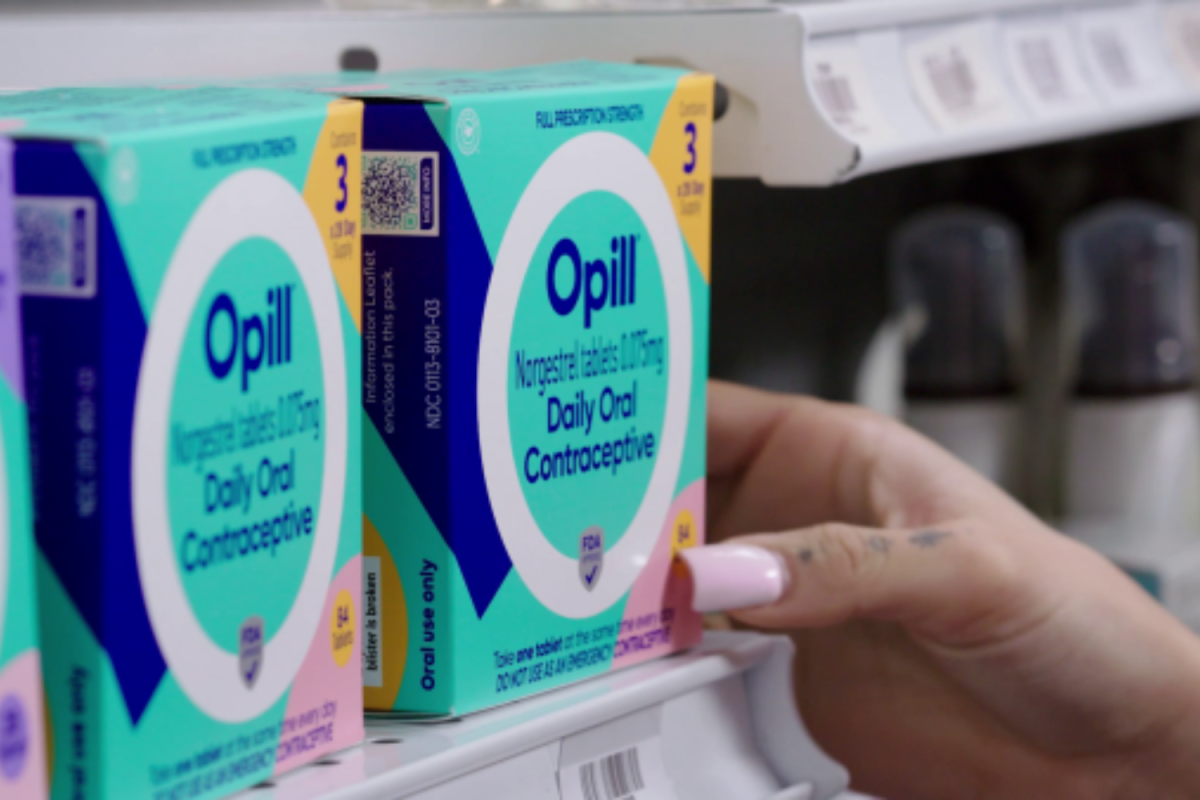Over 50 years ago, the first oral contraceptive pill was approved by the Food and Drug Administration (FDA). Since then, even more pills and other methods of contraception have been released to prevent pregnancies. On March 18, Opill, the new FDA-approved over-the-counter (OTC) contraceptive, arrived on the market.
Perrigo, the company that created Opill, is not new to the industry. The drug substance that makes up Opill has been approved for prescription since 1973, according to the FDA.
Still, this is the first birth control pill that has been approved for use with no need for prescription from a healthcare provider.
“Opill contains norgestrel, a type of progestin, and there are only two other progestin-only oral contraceptive pills in the U.S.; however, they can only be obtained through prescriptions,” said Janice Hsieh, a pharmacist at Stanford Health Care’s Department of Pharmacy.
While most birth control pills contain progestin and estrogen, progestin-only pills like Opill are recommended for people who cannot take combination pills for health reasons, according to the Centers for Disease Control and Prevention.
“Since it is progestin-only, it has limited side effects that can come from estrogen-filled birth control, like fluid retention, headaches, and mood swings,” said Dr. Amy Zhang, a board-certified internal medicine specialist based in Riverside, California.
Still, there are some restrictions as to who can and cannot take the pill.
“Individuals should not use Opill if they ever have or had breast cancer,” said Evelyn Furia, Senior Director of Market Activation at Opill.
Like other methods of birth control, Opill is not designed as an emergency contraceptive.
“Opill is the most effective birth control method available over-the-counter; it is 98% effective when taken as directed,” Furia said.
The same protocols for taking prescribed birth control pills also exist when taking Opill; consumers must take it at the same time every day, according to Perrigo.
“In general, optimal effectiveness of all oral contraceptives relies on individual compliance,” Hsieh said.
The new contraceptive offers increased accessibility to preventing pregnancy. Anyone who has begun their menstrual cycle can safely take the contraceptive, according to Perrigo.
“There are a lot of ways to get Opill no matter where you are in the country. Opill is sold in pharmacy chains and big box stores. Opill also ships to all 50 states in the U.S. and the District of Columbia,” Furia said.
Before Opill’s arrival, the United States stood in stark contrast with over 100 countries that had already been offering OTC birth control, according to Free the Pill.
Opill costs around $20 for a one-month pack, making it a lot cheaper to buy without health insurance compared to other methods of contraception, according to Planned Parenthood.
“The company did a lot of research to determine a price that was affordable for most,” Furia said.
Further, the pill offers a level of convenience to what would otherwise be a lengthy and time-consuming process.
“A lot of people who do have insurance find having to get a doctor’s appointment, a prescription to bring to the pharmacy, then refills, as a barrier because it can be too time consuming,” Furia said.
Moreover, many people without health insurance or living in areas without access to healthcare face barriers to getting birth control.
“About 11% of women between the ages of 19-64 in the U.S. do not have health insurance,” Furia said.
In addition to making Opill accessible to people with low incomes and those without health insurance, the company hopes to further expand the pill’s accessibility for Americans.
“The decision to pursue over-the-counter availability came out of a real need for better access to an effective and safe contraceptive,” Furia said.












